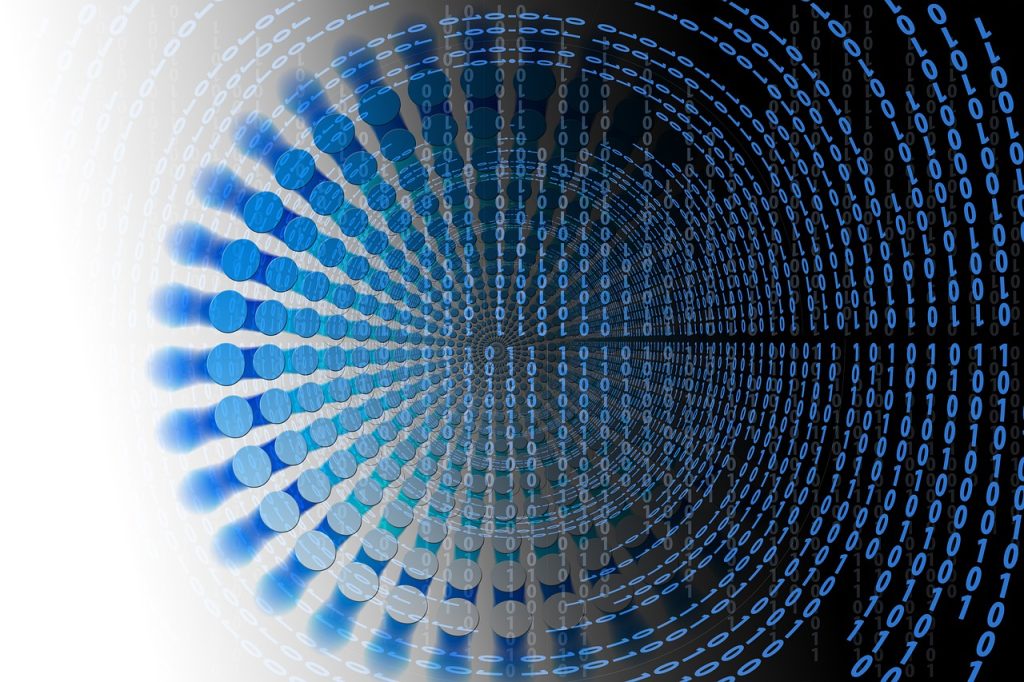The modern enterprise thrives on data. As Big Data continues to evolve, organizations are keen on leveraging Data Analytics to unearth actionable insights from the burgeoning volumes of data at their disposal. The integration of Data Analytics and Big Data doesn’t merely accentuate decision-making but is transforming how enterprises interact with data to glean meaningful… Read More
Continue Reading



